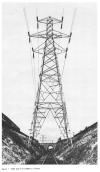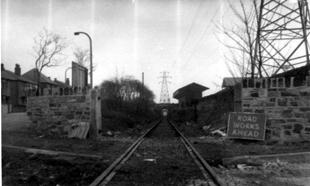"Pylon" has become the word in everyday language. Pedants would insist that the six (normally) arms holding the insulators are technically "pylons" (to match the use in aircraft to describe the external mounts for engines, weapons etc.), although most online dictionaries now record the everyday usage.
Inside the electricity industry in the UK at least the term "tower" is normally used (as per National Grid document), partly to distinguish from "pole" (wooden unless otherwise specified). Within the industry the six things sticking out to carry the insulators are "cross-arms".
I would have to disagree about assuming that 132kV structures date from the Grouping period - whilst that covers the first build of the National Grid from 1927, the first 275kV lines are not built until 1953, and there was a lot of construction going on between 1948 and 1953 as electricity demand expanded, and life-expired pre-war assets were replaced. There has also been quite a lot of new 132kV construction since 1953, where the demand for electricty did not, and was not ever expected to, justify the much greater expense of higher voltage lines, larger substations and so on. A "typical" 132kV tower is now probably a 1960s structure, as many of the original pre-war ones have been taken down (usually because a 275kV / 400kV route has been built to replace them). There are apparently subtle design differences which indicate which period a given structure comes from, due to changes in the conductor technology they were designed to support.



